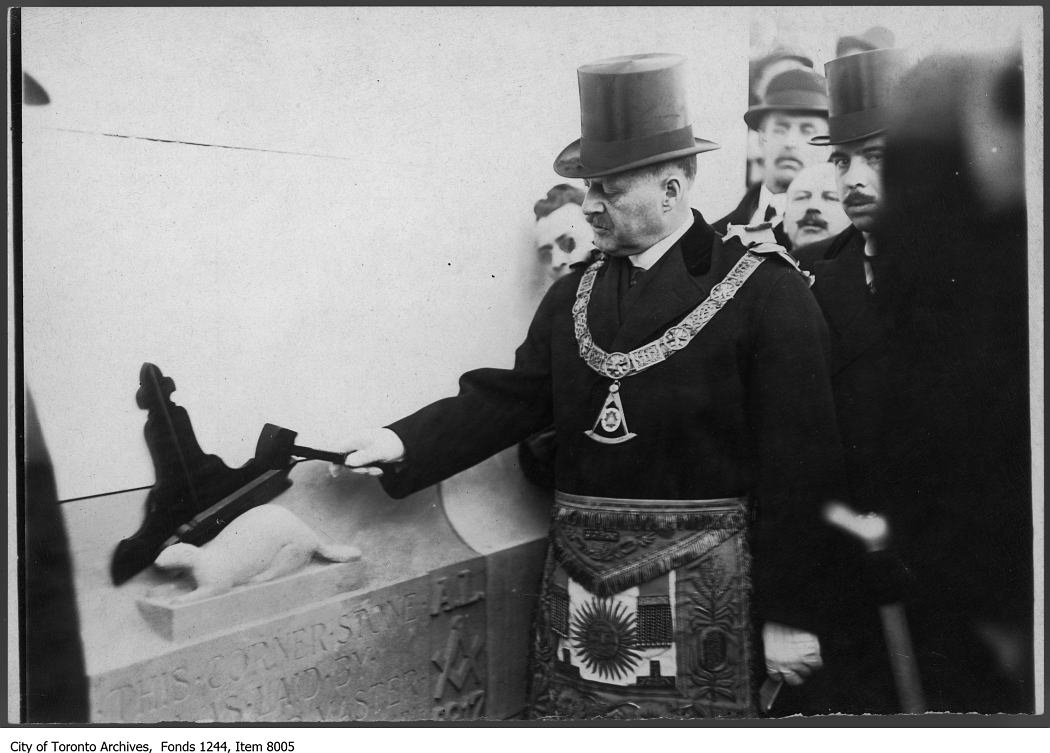Andre Bermon, Publisher –
Cadillac Fairview is signaling to the city and province it wants more housing and less office space than was planned on its East Harbour lands.
According to a city staff report, market conditions for commercial development in the wake of the post-Covid-19 office space glut prompted the real estate firm, wholly owned by the Ontario Teachers’ Pension Plan, to switch tack.
The city’s master plan for East Harbour, which governs zoning for the area of the former Unilever soap factory east of the Don River, requires a minimum of 926,000 square metres of commercial space to be developed. In 2022, the Ford government passed a Ministerial Zoning Order (MZO) approving 302,000 square metres (around 4000 units) of residential development in addition to the commercial space. Currently, more than a dozen towers are slated, with heights from 16 to 68 storeys.

Artist conception of future East Harbour transit-oriented community. Image: Cadillac Fairview
East Harbour is one of 11 transit-oriented communities the province designated for development near future stations of the planned Ontario Line subway. East Harbour is by far the biggest, offering nearly a quarter of all residential units zoned by the province near the Ontario Line.
The site will also connect the new subway with existing GO train lines. In many respects, it will be a Union Station of the east.
Cadillac Fairview, via lawyers Goodmans LLP, last September asked the city to eliminate minimum requirements for the site’s non-residential space. Its letter argues the East Harbour master plan is “highly problematic,” too prescriptive and at odds with the province’s MZO for residential housing.
The letter suggests foregoing any minimum or maximum rules, and permitting the already zoned 926,000 square metres of commercial space to be as-of-right. This would permit future commercial development to exceed or fall short of the designated amount without consequence, potentially opening up more room for housing.
City staff are to respond to the request by the end of 2024.
Office vacancy rates in Toronto are growing. According to the commercial real estate firm CBRE, the city’s office vacancy rate in the first quarter this year was 19.2 percent, the highest since the 1990s. Vacancy levels will likely remain elevated, as many leases were signed before the pandemic induced work-from-home orders.
In the city’s master plan, East Harbour “was supposed to be an office park (but) that’s probably not going to happen,” says Aaron Ginsberg of More Housing Toronto, an advocacy group. “We would like to see more housing than the current allotment, but I don’t know what’s going on behind closed doors. Are we going to get way more housing or just a couple more units?”
Negotiations for the East Harbour site are ongoing, but the City of Toronto is only a minor player. The province is leading the discussions, and additional housing units would likely require tweaking the provincial MZO.
A city staff report states that Toronto must rely on the province to enforce the city’s “contribution agreement” with Cadillac Fairview, which includes $300 million of infrastructure and community benefit subsidies.
Within the package is money for 215 rent-geared-to-income affordable housing units – covering only five per cent of the total permitted residential gross floor area on the East Harbour lands. The housing units are to be secured for 99 years.
The city states that any additional housing on the site would require more community benefits from Cadillac Fairview, including more affordable housing units on top of the 215 already planned. (The city target is 20 per cent of any new housing project.) Critics believe more can be done.
HousingNowTO’s lobbying of the province to increase affordable housing targets has drawn little response, said Mark Richardson, volunteer technical lead of the advocacy group. And Cadillac Fairview, though owned by the teachers’ pension fund, “is not in the business of building affordable housing that young teachers can afford to live in…their only fiduciary responsibility is paying out to their pension holders.”
Toronto is “having trouble attracting and retaining young teachers, daycare workers, early childhood educators,” he commented to the bridge. “Twenty-five years ago, a first-year teacher could afford to rent a one-bedroom apartment by themselves in the city.”
More affordable housing can be built on the East Harbour site if teachers and their pension fund demand it, said Richardson. “We feel that the fund has an obligation to the next generation of teachers, not just to retired ones.”
Public sector unions have the power to change investment behaviour, he believes, citing public pension plans that disinvested from industries like Big Tobacco.




